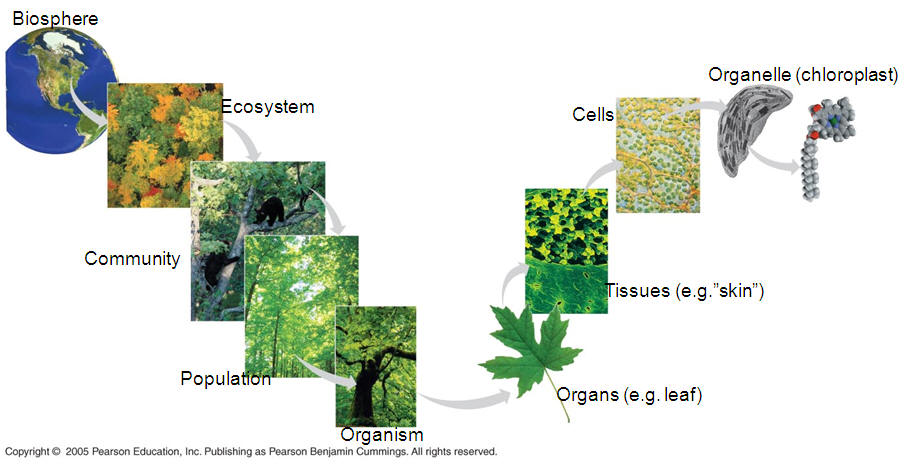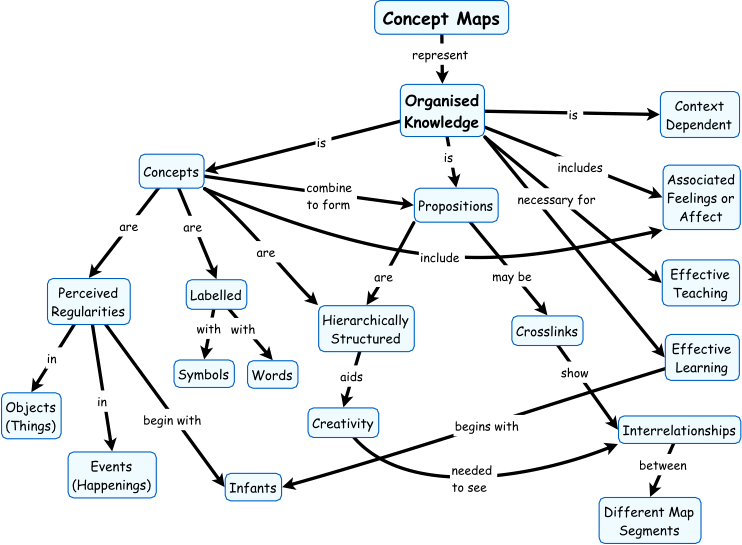
Topic 3:
Ecological Constraints
Learning Goals for Day:
Ø Give example(s) of hierarchical organization
Ø List important ecological constraints
Ø Understand & be able to create a "Concept Map"
HOMEWORK: Revise & refine the concept map you began to construct in class
Question 1:
Ø Give example(s) of hierarchical organization
o Give one example of a hierarchical organizing scheme commonly used in biology.

Question 2:
Ø List important ecological constraints or limiting factors
BRAINSTORM in groups of 3 - list as many such factors as you can
think of - factors that would influence the different ecological levels or
systems we discussed last time
(Organisms, Populations, Communities, Ecosystems)
o At the global scale, what are important constraints?
o At the regional scale, what are important constraints?
o Why do we call these factors “constraints?”
Question 3:
Ø Make a Concept Map: How do the constraints you listed above work together to determine the nature of ecological systems?
Use sticky notes on a blank sheet of paper to come up with a draft concept map
Example of a simple, hierarchical concept map:

http://redie.uabc.mx/vol2no1/contents-ruizpri.html
How Concept Maps Work:

Ø How do the constraints you entered into your concept map relate to the organization of topics on your syllabus?
Question 4:
A major topic for our semester together:
Developing a "sense of place" & a sense of wonder for this region we live in.
"Miss Rumphius" - the Lupine Lady - a parable for our class
we could all stand to think about "how we can make the world a more beautiful place,"
BUT before we can do that, we need to learn about just how beautiful it already is...